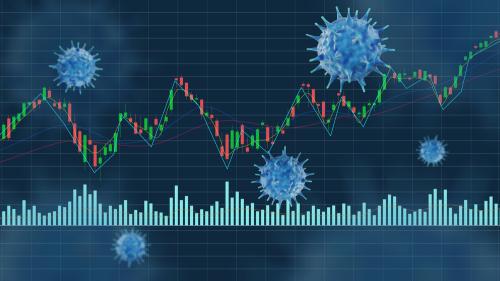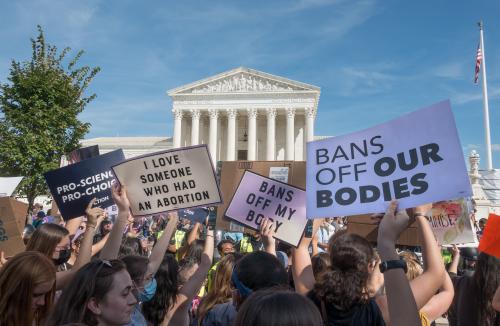In a recent New York Times Magazine article, Paul Krugman laments the current state of macroeconomics (the study of the determinants of an economy’s level of output and employment) that blinded us to the forces that, in his view, caused the current recession. However, he never mentions the state of microeconomics.
Microeconomics is the study of how firms and consumers make decisions in markets and how the government tries to address conditions that lead to “bad” decisions. And it has not suffered any serious intellectual setbacks from the current Great Recession. Indeed, the causes and cures of this recession are more about microeconomics than about macroeconomics.
Microeconomists’ theoretical and empirical contributions have taught us that market failures do exist but that the government rarely, if ever, can be counted on to correct those failures efficiently. Nothing in the last two years has undermined microeconomic analyses that influenced the deregulation of the airline, trucking, railroad, natural gas, crude oil, telecommunications and cable television markets. These deregulatory successes have not been compromised by the market failures that originated in the financial sector and are at the heart of the Krugman lament. But even if Krugman could uncover a theory that integrates irrational exuberance in financial markets with macroeconomic performance, it would hardly guarantee improved performance of government regulators. Nor would it enhance our considerable knowledge of how markets correct after sharp downturns.
The market failure that generated the current crisis is by now well-known: the rapid growth of subprime mortgages and the failure of many homebuyers and investors to understand and properly weight credit risks. Unfortunately, banks and rating agencies underestimated the probability of a major decline in housing prices and believed that they could measure the interrelatedness of credit risks. Financial firms, consumers and regulators did not adequately account for outliers–very low-probability events–that turned out to be important, leading to a wave of financial institution failures that caused great pain to the real economy.



Commentary
Op-edWhat About Microeconomics?
October 5, 2009